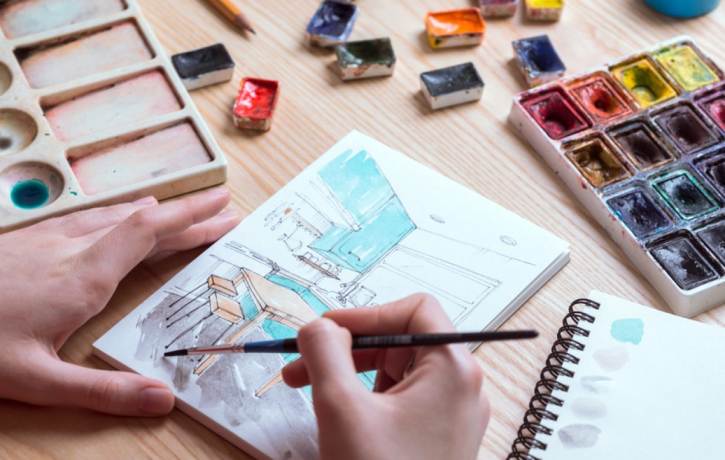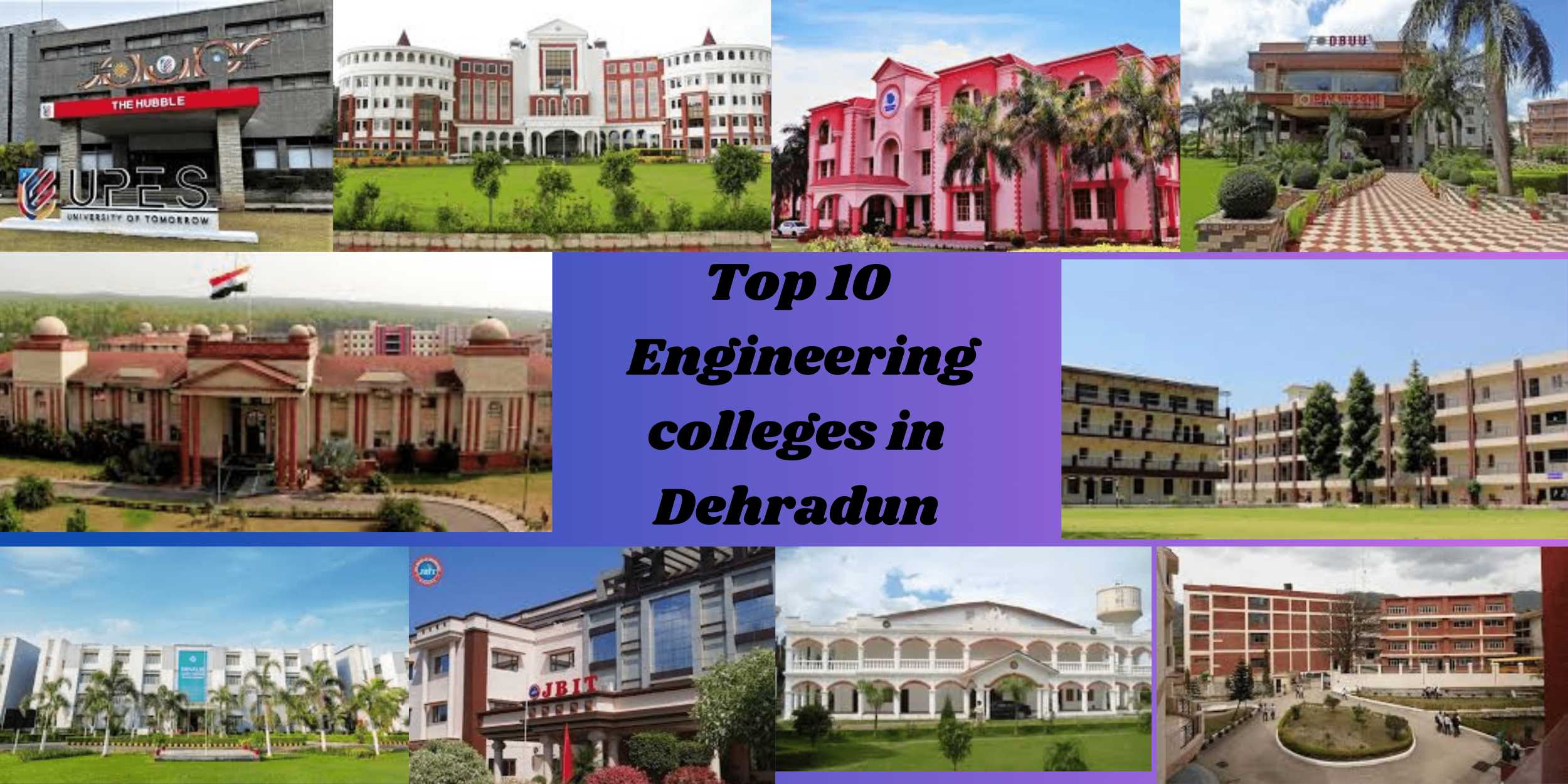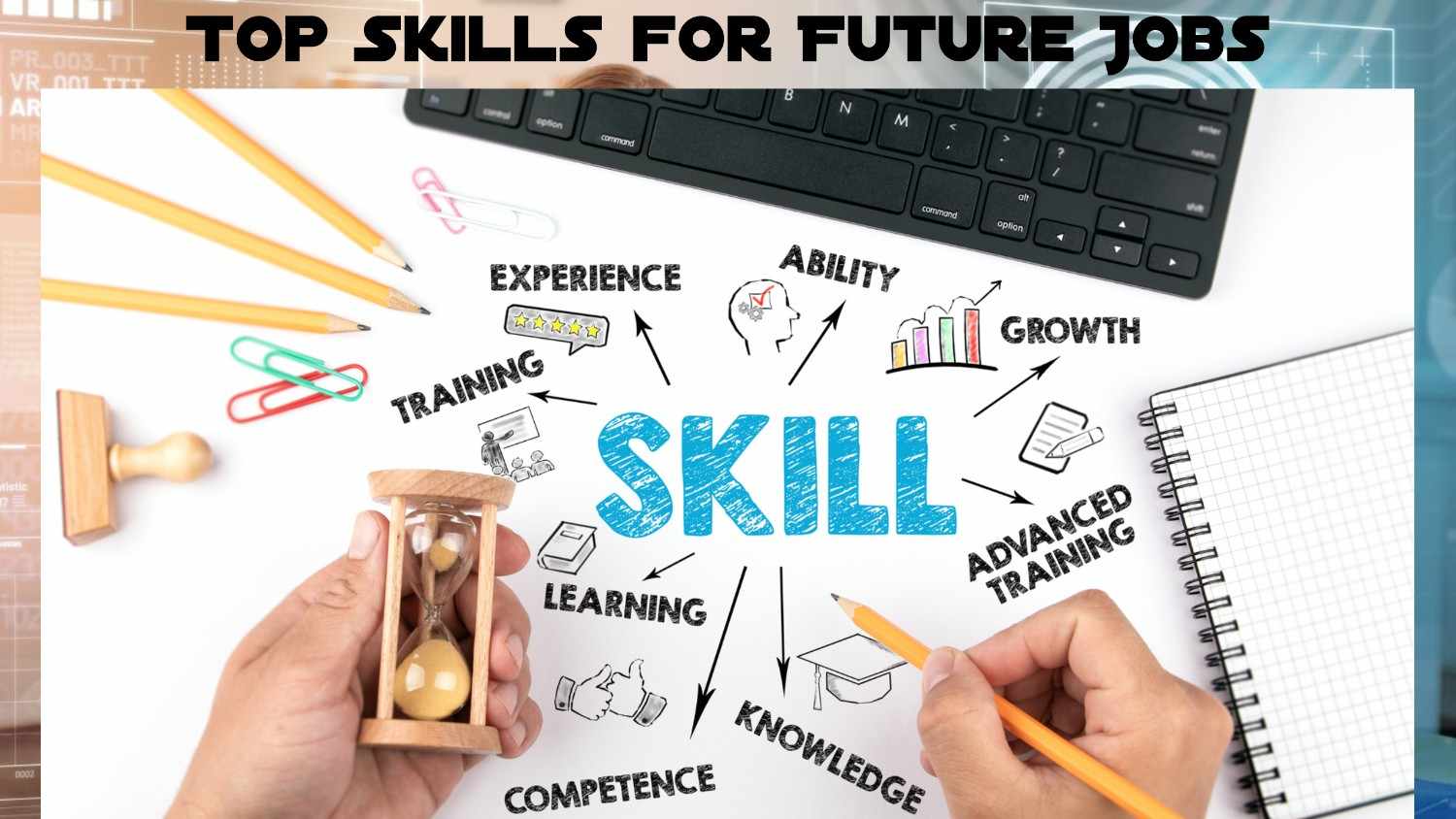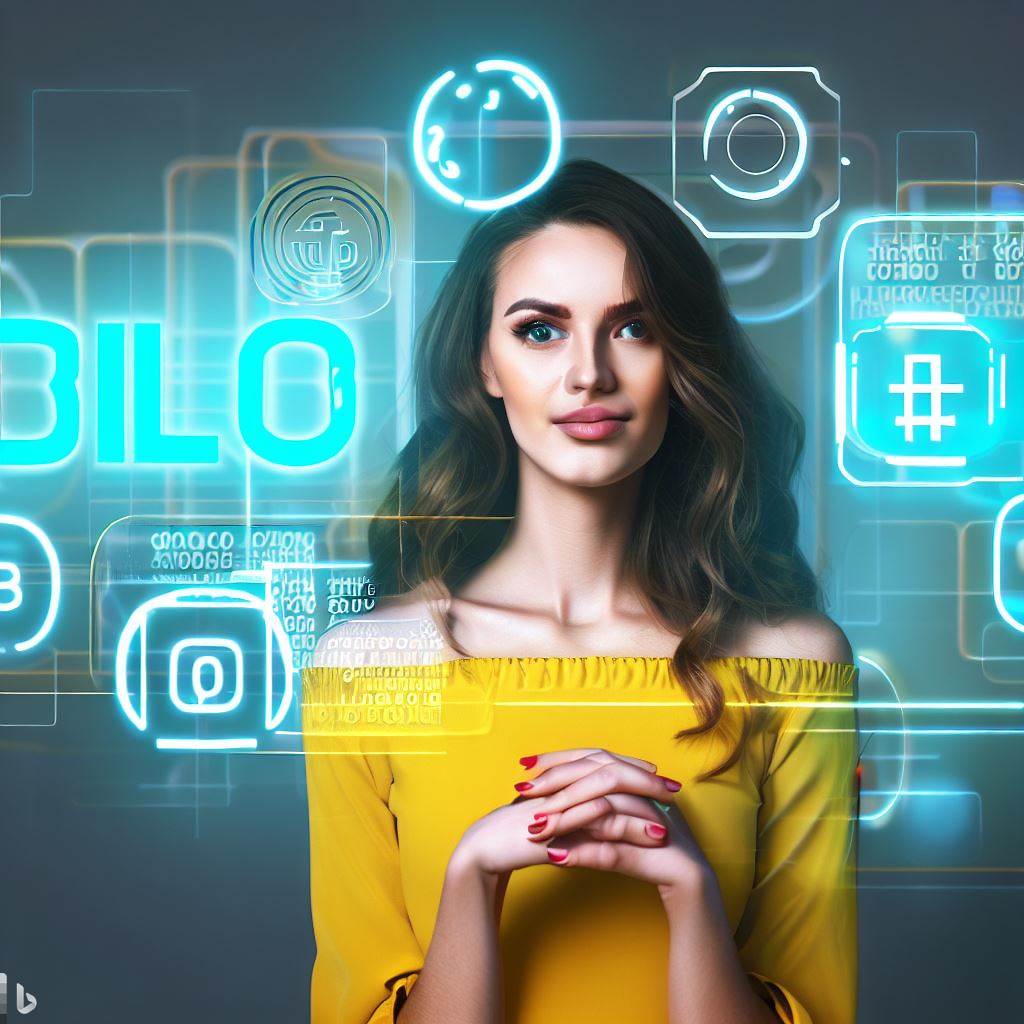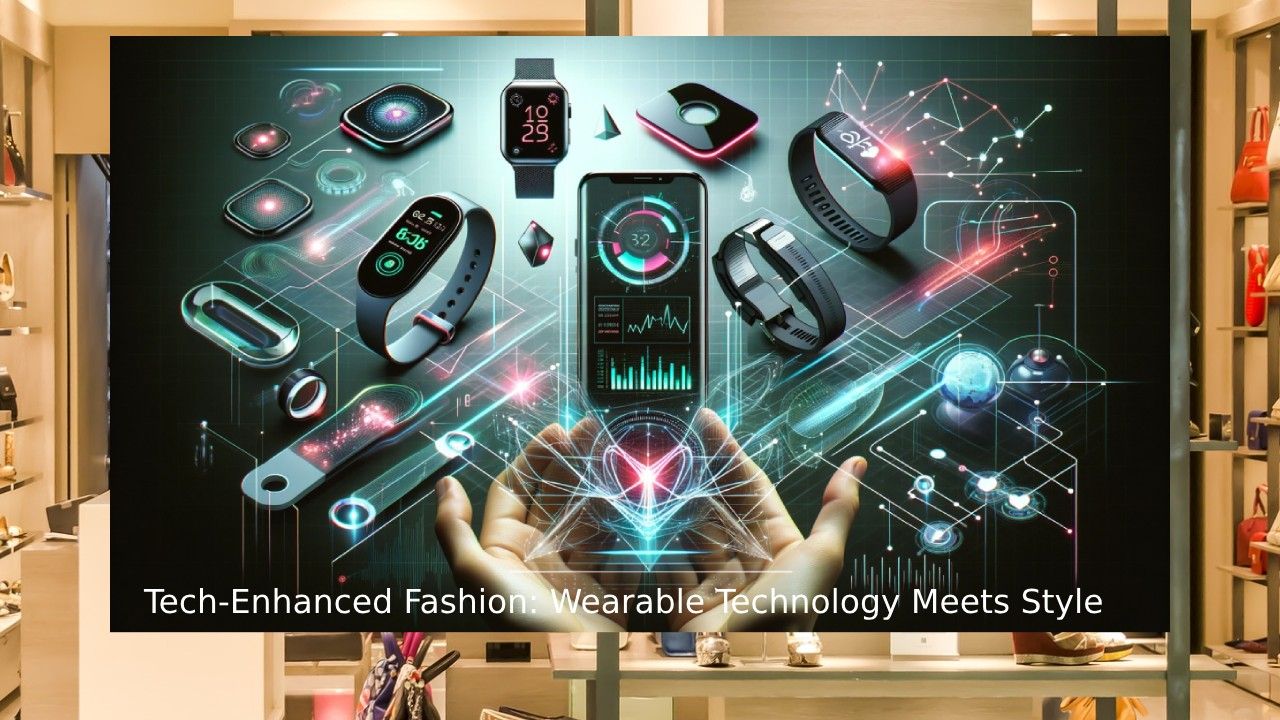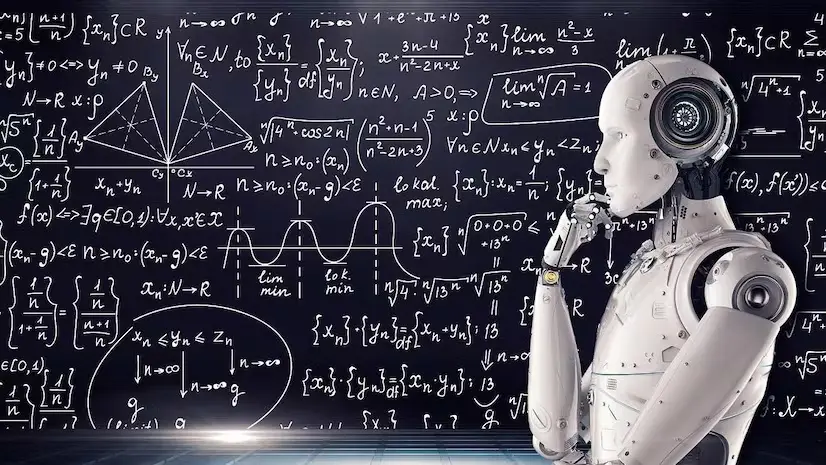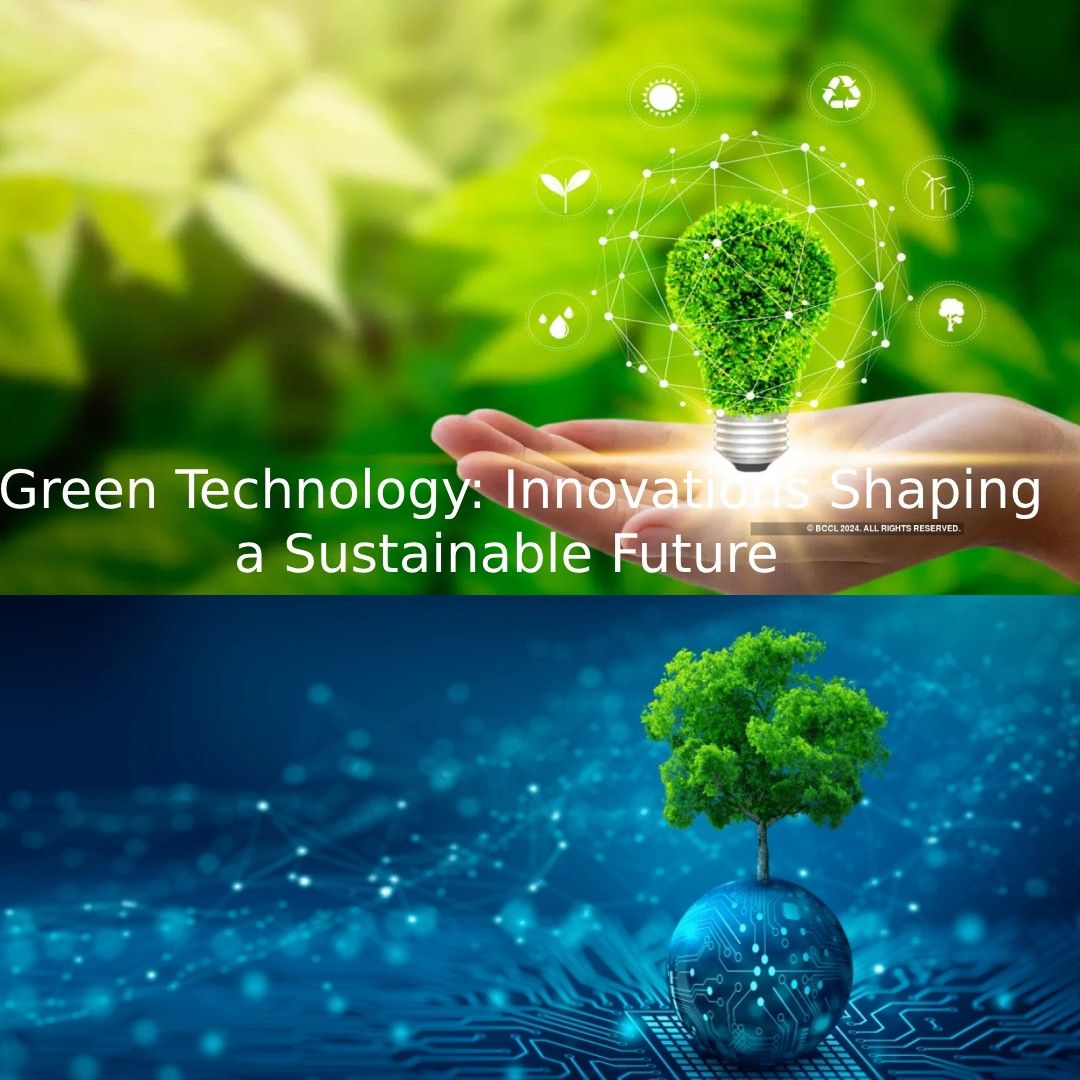Art and design, though often used interchangeably, occupy distinct spaces within the creative realm. Art, at its core, is a form of expression. It’s a language that transcends words, a way for artists to explore emotions, ideas, and experiences, both personal and universal. Paintings, sculptures, installations, music, and performance art are just a few of the mediums artists utilize to challenge viewers, spark conversations, or simply evoke beauty.
Design, on the other hand, is purpose-driven. It’s about applying creativity to solve problems or fulfill specific needs. Designers consider factors like functionality, usability, and aesthetics to create objects, spaces, or experiences. Graphic design, product design, architecture, fashion design, and web design are some prominent design disciplines.
The Blurring Lines
However, the line between art and design can sometimes blur. Many art movements throughout history have incorporated design principles. For example, the minimalist art movement emphasized clean lines, geometric shapes, and a focus on negative space. Similarly, some elements, like furniture or graphic pieces, can transcend their functional purpose and be considered works of art due to their unique aesthetic qualities and artistic merit.
A Catalyst for Innovation
This beautiful interplay between art and design fosters innovation and pushes boundaries. Architects can create buildings that are not just functional but also aesthetically pleasing, even awe-inspiring. Think of Frank Lloyd Wright’s Fallingwater house, where the architecture seamlessly integrates with the natural environment. Fashion designers can blur the lines between clothing and wearable art. Look at the extravagant costumes of Alexander McQueen, which are as much art installations as they are clothing. Graphic designers can craft visuals that are both informative and visually captivating. Apple is a prime example, where their minimalist and elegant product design goes hand-in-hand with clean and user-friendly graphic interfaces.
Technology’s Impact
Technology is further blurring the lines between art and design. Digital art forms like 3D modeling and animation have emerged, while design software allows for the creation of incredibly intricate and visually stunning objects. Generative art, where algorithms create pieces, is another fascinating intersection. Imagine AI-generated sculptures that are both mathematically precise and aesthetically pleasing.
A Symbiotic Relationship
The relationship between art and design is mutually beneficial. Art can inspire design with its originality, boldness, and exploration of emotions. Design, in turn, can provide art with new tools and techniques for expression. For instance, advancements in 3D printing allow artists to create sculptures that were once impossible. Imagine a sculptor utilizing 3D printing to create intricate and organic shapes that wouldn’t be possible with traditional methods.
Beyond Aesthetics
Art and design can also be powerful tools for social commentary and activism. Street art can raise awareness of social issues, while socially conscious graphic design can be used for advocacy campaigns. Banksy’s iconic stencil art often criticizes social and political issues, while powerful infographics can effectively raise awareness about environmental problems.
Art and Design in Our Lives
Whether distinct or intertwined, art and design enrich our lives by allowing us to experience the world in new and thought-provoking ways. From the clothes we wear to the buildings we inhabit, art and design shape our environment and influence our perception of the world. They can evoke emotions, tell stories, and inspire us to see things differently. Understanding the interplay between these two forces allows us to appreciate the creativity and intentionality behind the objects and experiences that surround us.
Looking to the Future
As technology continues to evolve and boundaries between disciplines become more fluid, the relationship between art will undoubtedly continue to grow and change. We can expect to see even more innovative and thought-provoking ways in which these two forces come together to shape our world. Perhaps virtual reality experiences will blend artistic expression with interactive design, or artificial intelligence will be used to create entirely new forms. The possibilities are endless.

